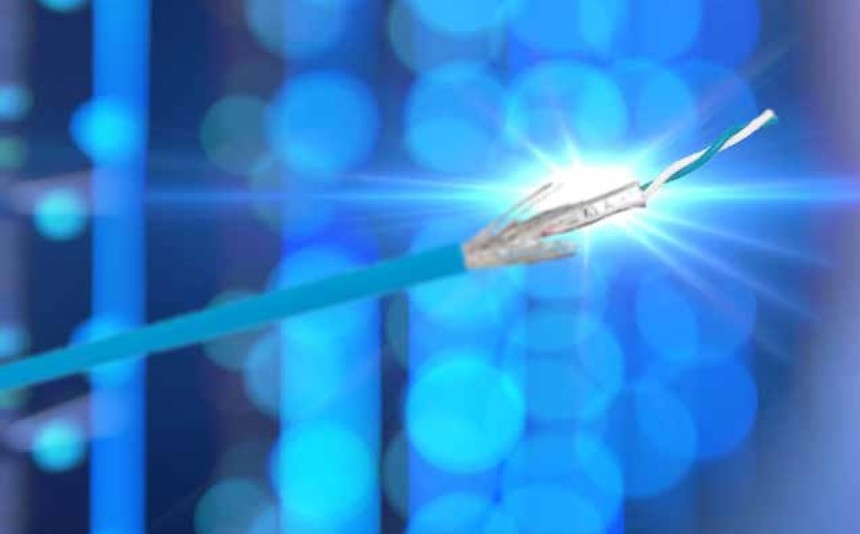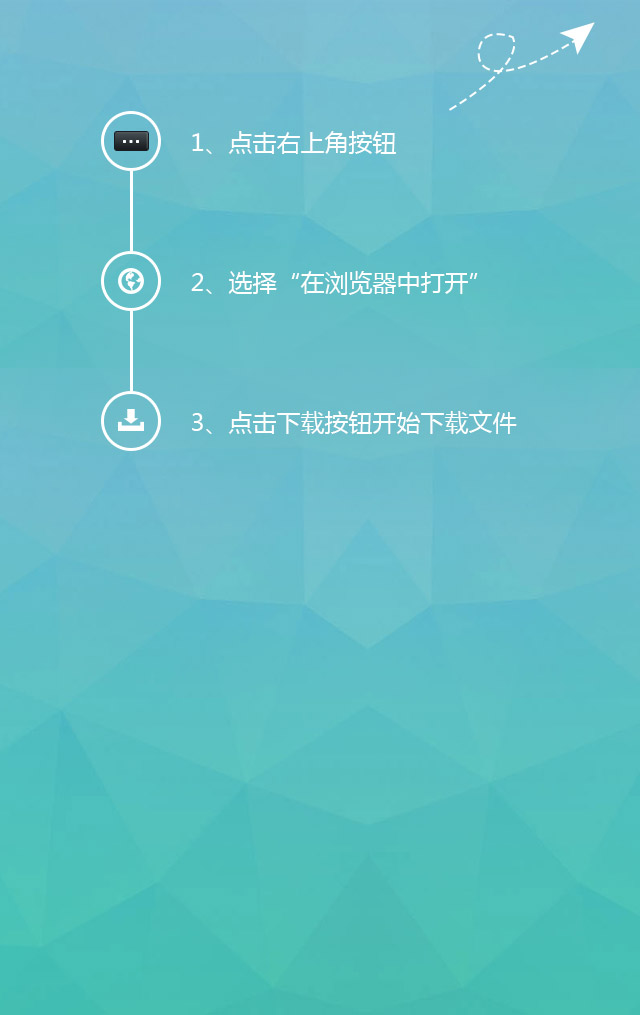Single-Pair Ethernet(SPE) Cabling will be used in

Ethernet cabling has used four twisted pairs to carry data without worrying about noise in data lines. But recent developments in IEEE 802.3 (Ethernet Working Group) and TIA TR-42(Telecommunications Cabling Systems Engineering Committee) has unveiled four standards projects which may change that; instead of four balanced twisted-pairs cabling, these standards feature a single balanced twisted-pair Ethernet cabling.
Of these four, one will impact enterprise networks the most. We’ll cover this standard first, and then explain the three other types of single-pair Ethernet cables below.
IoT 1 Gbps Applications: 100 m Reach
A 2017 Ericsson Mobility Report says that there will be nearly 28 billion connected devices in place globally by 2021 – and more than half of these will be related to Internet of Things (IoT).
With the ability to deliver data at speeds of up to 1G, and PoE power, this standard is intended specifically for IoT applications. Known as ANSI/TIA-568.5, it will provide cable, connector, cord, link and channel specifications for single-pair connectivity in enterprise networks.
This single-pair Ethernet cable may help network professionals connect more devices to their networks as the industry moves toward digital buildings – where all types of systems and devices integrate directly with the enterprise network to capture and communicate data.
Most of the devices used in digital buildings – such as sensors – have minimal power and bandwidth requirements (in applications like building automation and alarm systems). In these cases, single-pair Ethernet cable can provide a cost-effective cabling solution. The cable is smaller and lighter than a standard four-pair Ethernet cable, so it can also reduce pathway congestion.
The three other single-pair Ethernet cable types don’t apply directly to data centers or enterprise networks, but they’re still important to understand.
Automotive Applications: 15 m Reach
To support connected smart cars that require data transmission to do things like park automatically, warn of lane departures and blind spots, provide Internet access and support smartphone apps, a car’s networking system needs to be able to connect the microcontroller units that provide these features.
For this reason, a single-pair Ethernet standard was created to allow multiple in-vehicle systems to access information under a single-twisted-pair cable that can carry data up to 15 m.
Industrial Applications: 40 m Reach
Sensors and actuators similar to those used in automotive applications are also used in industrial applications. These devices don’t necessarily require high data rates, but they need to be connected to detect and report on things like temperature and other environmental conditions. This standard calls for single-pair Ethernet cable to carry this data up to 40 m.
Industrial 10 Mbps Applications: 1 km Reach
This type of single-pair Ethernet cable has been available for a while for industrial environments, communicating data about production, equipment conditions, the manufacturing environment, etc. – and carrying that data up to 1 km.
This cable supports sensing devices that are deployed throughout a facility. Single-pair Ethernet can save money in these environments by allowing cables to be reused, converging existing systems onto Ethernet networks, and making end nodes easier to replace. It also reduces cable weight and size, making the best possible use of space and speeding up installation.
Recommend
-

-

QQ Zone
-

Sina Weibo
-

Renren.com
-

Douban

